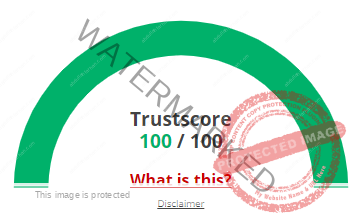Hypoimmunogenic HLA-E Single Chain Inhibits Alloreactive Immune Responses
Chimeric Ag receptor T cells derived from universal donors are susceptible to recipient immunologic rejection, which may limit their in vivo persistence and compromise treatment efficacy. In this study, we generated HLA class I–deficient T cells by disrupting β2-microglobulin to evade recognition by HLA-mismatched CD8+ T cells, and then restored NK cell tolerance by forced expression of an HLA-E single-chain receptor. We specifically report on an optimized hypoimmunogenic disulfide trap HLA-E4 (dtHLA-E4) molecule that exhibited increased surface expression, enhanced NK cell inhibitory potential, and abrogated CD8-dependent T cell recognition. Our dtHLA-E4 molecule comprised the CD4 (4) transmembrane domain and truncated cytoplasmic region, as well as disulfide trap mutations to anchor an HLA class I signal sequence-derived peptide. Functional comparison of dtHLA-E4 molecules fused to different VL9 epitopes showed that peptides derived from HLA-A and HLA-C allotypes maximized NK cell inhibition and minimized NKG2C+ NK cell activation. Furthermore, incorporation of mutations into the α3 domain of HLA-E diminished the immunogenicity of dtHLA-E4 by reducing CD8+ T cell recognition, but crucially, these mutations left NK cell inhibitory function intact. These findings demonstrate the systematic construction of a hypoimmunogenic dtHLA-E4 molecule, which promises to facilitate persistence of allogeneic HLA class I–deficient chimeric Ag receptor T cells by overcoming NK cell missing-self recognition.
Summary
This study engineered hypoimmunogenic T cells for universal donor CAR-T cell therapy. Researchers created HLA class I-deficient T cells to avoid recipient CD8+ T cell rejection. To prevent NK cell-mediated “missing-self” rejection, they introduced a disulfide trap HLA-E4 (dtHLA-E4) molecule. Optimization included increased surface expression, strong NK cell inhibition, and reduced CD8+ T cell recognition. Different VL9 peptide epitopes and α3 domain mutations further minimized T cell immunogenicity while maintaining NK cell inhibition. This dtHLA-E4 molecule facilitates the persistence of allogeneic HLA class I-deficient CAR-T cells by avoiding both T and NK cell rejection.
This post is part of “Immunology News”, Follow for more…!!!
Click on Source link for more details
Discover more from abdullahfarhan.com
Subscribe to get the latest posts sent to your email.






